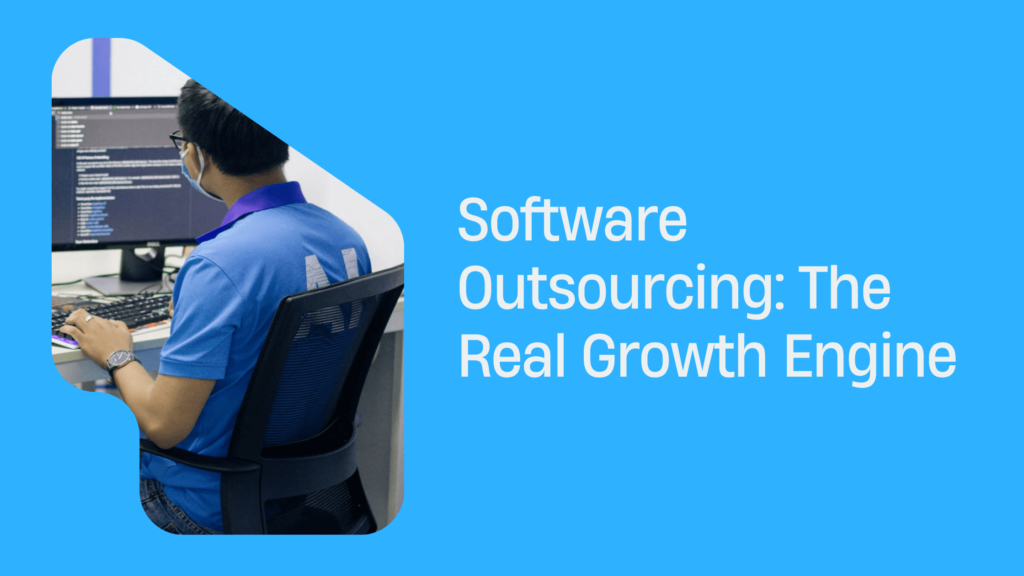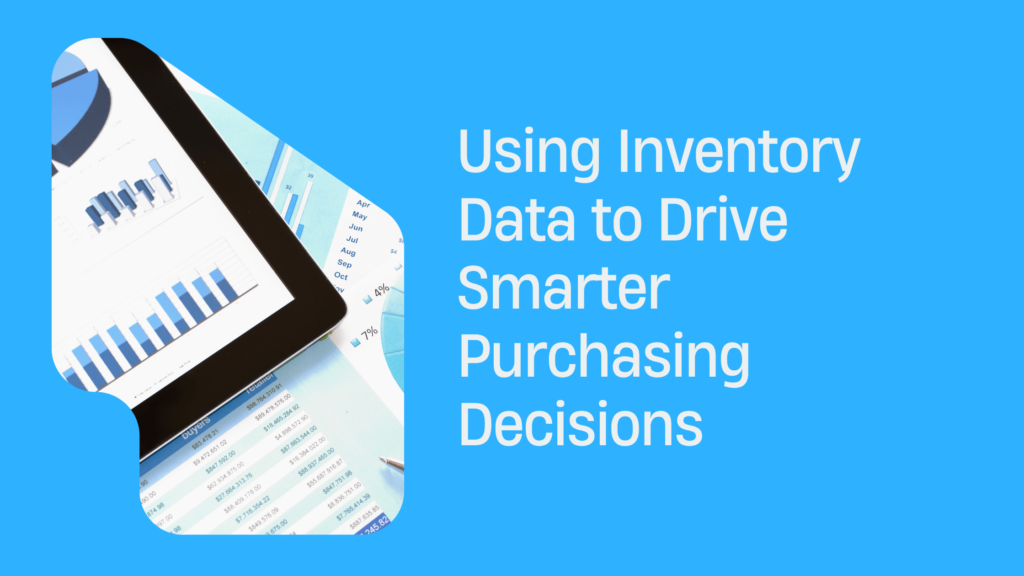Dropshipping Challenges: Inventory, Shipping, and Building a Brand
Dropshipping has emerged as a popular business model in the ecommerce industry. It offers numerous advantages, such as low startup costs, flexibility, and the ability to sell a wide range of products. However, like any business, dropshipping also comes with its fair share of challenges.
The Challenges of Inventory Management in Dropshipping
One of the most significant challenges in dropshipping is managing inventory effectively. Unlike traditional retail models, dropshippers do not store products themselves. Instead, they rely on suppliers to handle inventory and fulfillment. This lack of control poses several risks, such as stockouts, delayed shipments, and damaged products.
To mitigate these risks and ensure smooth operations, dropshippers must establish robust inventory management systems. By selecting reliable and trustworthy suppliers, keeping real-time inventory records, and forecasting product demand, businesses can avoid stockouts, overstocking, and dissatisfied customers.
An efficient inventory management system, such as Inventory Source, can streamline the process by syncing with the supplier’s inventory data. This ensures that the online seller’s store reflects accurate stock information, allowing customers to make informed purchasing decisions.
The Importance of Effective Dropshipping Inventory Management
Effective inventory management is crucial for the success of dropshipping businesses. It not only helps build and sustain customer satisfaction and trust but also prevents operational inefficiencies and controls costs. Let’s explore some key reasons why dropshipping inventory management is essential:
Keeping Track of Stock Levels
Dropshipping inventory management prevents sellers from running out of stock and losing repeat customers. If a customer places an order, but the supplier doesn’t have the products in stock, it leads to a dissatisfied customer and potential damage to the brand’s reputation.
Avoiding Overstocking and Understocking
An inventory management system allows sellers and suppliers to monitor product demand and avoid overstocking or understocking. Overstocking can result in financial losses due to unsold inventory and excessive carrying costs, while understocking leads to dissatisfied customers and missed sales opportunities.
Controlling Costs
Overstocking can lead to elevated storage costs and tied-up capital, ultimately damaging the supplier’s bottom line. On the other hand, understocking results in missed sales opportunities and lost customers. Striking a balance and aligning inventory levels with customer demand is crucial for optimizing costs and maximizing profit.
Processing Orders and Returns
Efficient dropshipping inventory management enables retailers to process orders in a timely manner and track their status. It also allows for quick processing of returns, refunds, exchanges, or replacements, ensuring customer loyalty and satisfaction.
By implementing an inventory management system, dropshipping businesses can avoid inventory-related issues that impact customer satisfaction and their brand’s reputation.
The Benefits of Dropshipping
Before diving deeper into the challenges of dropshipping, let’s take a moment to appreciate the numerous benefits it offers. Understanding the advantages of this business model will help you navigate the challenges more effectively. Here are some key benefits of dropshipping:
Easy Setup and Low Overhead Expenses
Setting up a dropshipping business is relatively easy compared to traditional retail models. You don’t need to invest in inventory or rent out physical storage space. All you need is an internet connection and a laptop to get started. This low barrier to entry makes dropshipping an attractive option for aspiring entrepreneurs.
Wide Range of Products
Dropshipping allows you to sell a vast array of products without the limitations of physical inventory. You can adapt your product offerings based on market trends, customer demand, and emerging opportunities. This flexibility ensures that you can always provide customers with the latest and most sought-after products.
No Inventory Management Hassles
One of the primary advantages of dropshipping is that you don’t have to worry about purchasing or managing inventory. Instead, your suppliers handle product storage and shipping. This frees up your time and resources, allowing you to focus on other critical aspects of your business, such as marketing and customer service.
The Challenges of Dropshipping
While dropshipping presents a promising opportunity, it is not without its challenges. Let’s take a closer look at some of the most common hurdles faced by dropshipping businesses:
Lack of Control Over Product Availability and Quality
In dropshipping, sellers heavily rely on suppliers to fulfill orders in a timely and professional manner. This lack of control over product availability, quality, packaging, and shipping can result in canceled orders, delayed shipments, or damaged products. Any issues that arise can damage customer trust and harm your brand’s reputation.
Complex Shipping Logistics
Shipping products from multiple suppliers can lead to complicated logistics. For example, if a customer places an order for multiple items, they may receive separate shipments from different suppliers, resulting in higher shipping costs than expected. Coordinating these shipments and ensuring a smooth customer experience can be challenging.
Building a Strong Brand Identity
Dropshipping businesses face the unique challenge of building a strong brand identity without physically handling products. Since the products are shipped directly from the supplier, it’s crucial to find creative ways to differentiate your brand and provide a memorable customer experience.
Intense Market Competition and Lower Profit Margins
Dropshipping has gained popularity over the years, leading to increased market competition. Many retailers are selling similar products at low prices to attract customers and generate revenue quickly. This intense competition often translates into lower profit margins for dropshippers.
Best Practices for Overcoming Dropshipping Challenges
While dropshipping challenges can be daunting, implementing the following best practices can help you overcome them and build a successful dropshipping business:
Supplier Selection
Choosing reliable and professional suppliers is crucial for building customer loyalty and trust. Conduct thorough research to ensure that your chosen suppliers can fulfill orders efficiently and provide high-quality products. Establishing strong, long-lasting relationships with suppliers is key to mitigating challenges related to product availability and quality.
Market Research and Trend Analysis
Stay updated on market trends and changes in consumer demand to ensure that you offer products that customers are actively looking for. Regularly analyze market conditions, conduct research on your chosen niche, and adapt your product offerings accordingly. This proactive approach will enable you to anticipate demand and craft effective marketing strategies.
Leverage Technology
Embrace technology and leverage inventory management systems to streamline your operations. Cloud-based inventory software, such as Inventory Source, can sync with your supplier’s inventory data, providing real-time stock information to your online store. This ensures accurate product availability information, eliminates the risk of overselling, and enhances customer satisfaction.
Focus on Customer Service
Providing excellent customer service is crucial for dropshipping businesses. Ensure timely order fulfillment, prompt responses to customer inquiries, and efficient handling of returns and refunds. By prioritizing customer satisfaction, you can build a loyal customer base and differentiate your brand from competitors.
Elevate Your Dropshipping Inventory Management with Inventory Source
To overcome the challenges of dropshipping inventory management, consider implementing an advanced inventory management system like Inventory Source. Inventory Source cloud inventory platform offers a range of features that can enhance your dropshipping operations:
Accurate Stock-Level Information – With Inventory Source, you can provide real-time stock-level information to your customers, ensuring that orders are fulfilled promptly and accurately.
Sync with Supplier Inventory – By syncing with your supplier’s inventory data, Inventory Source ensures that your online store always reflects the most up-to-date stock information. This eliminates the risk of overselling and order cancellations.
Serial Number Tracking – Inventory Source inventory management system allows for easy tracking of individual items and orders, minimizing the risk of delivering the wrong products and streamlining the returns and refunds process.
Integration with Business Tools – Inventory Source seamlessly integrates with popular business tools like Shopify and QuickBooks Online, ensuring that all your data is synchronized and allowing you to manage your entire dropshipping business from a centralized platform.
Start a free 14-day trial with Inventory Source’s cloud inventory platform today and give your dropshipping business the best chance of success.
Conclusion
While dropshipping presents unique challenges, it also offers significant benefits for aspiring entrepreneurs. By effectively managing inventory, streamlining shipping logistics, and building a strong brand identity, you can overcome these challenges and create a thriving dropshipping business.
Embrace the challenges, adopt effective strategies, and establish yourself as a leader in the competitive dropshipping landscape. With the right approach and tools, your dropshipping business can flourish and thrive in the ever-evolving world of ecommerce.





